What? |
|---|
|
Kyoto (京都) was the capital of Japan before losing that title to Tokyo in 1868. While the latter is now the center of all economic, fashion and pop-culture activity, Kyoto is still the place to be for traditional Japanese culture. Some of Kyoto’s absolute star attractions are the Golden Pavilion (Kinkakuji 金閣寺) – all covered in gold - and the Kiyomizudera Temple (清水寺) with its highly terraced buildings overlooking the city. But equally a huge part of Kyoto’s charm are its many areas that breath authentic charm, coziness and traditional liveliness, like the Pontocho area (先斗町), the unknown Furukawacho Shopping Arcade (古川町商店街) and the stunning Higashiyama area (東山) around Kiyomizudera. |
Where? |
As Kyoto is the biggest touristic center of Japan it is easily reached by train with both JR and Hankyu Railways serving the city. Navigating within the city is somewhat more difficult, with an un-unravenable web of bus lines, eternally congested main streets and an underdeveloped subway network. I would recommend a bicycle or taxi if money is not an issue – that or taking a lifetime course in figuring out which bus to take from which bus stop.

|
URL |
| Japan Guide |
My first visit to Kyoto was way back in 2005, and while I personally was tragically unprepared, my organizing friend luckily made sure we had plenty of time in the city. We visited the absolute highlights such as the Silver Pavilion (Ginkakuji), the Golden Pavilion (Kinkakuji) and the Kiyomizudera Temple. On our separate day I visited Arashiyama which I still consider an underappreciated gem.
After 2005 I have had many more opportunities to visit the cultural capital of Japan, but ever increasing throngs of tourists and the unbearable summer weather made sure I gradually started going around Kyoto in a wide circle. I liked the city but not what it had become. And I wasn’t alone given the cries for help from the many local touristic establishments.
Of course, corona has put everything in perspective. While the unstoppable flow of human masses was badly organized, Kyoto NEEDS the tourists to survive. Even though corona has passed its peak, foreign tourists are still kept out of the country and Japanese tourists typically don’t travel on weekdays.
…
Wait. Does this sound like the ideal timing for me to revisit the old classics??
Absolutely!
Kyoto is trying to lure local tourists with ridiculously good deals (sponsored by the tax money of those same tourists), and combined with less crowded streets and sites and some pleasantly warm spring weather, this was the ideal getaway for my wife and I.
We decided to take two days out of our schedule and overnight close to Kyoto Station where great hotels are beyond cheap at this moment. Kyoto is notoriously difficult no navigate with an underdeveloped subway, train stations that are very inconveniently located and so many bus lines that you have to study the bus plan for a lifetime and get a specialized degree in it before you can actually make sense of it. As we wanted to see places that were pretty far away from each other, this central location seemed like a good idea.
Our first stop was the Kyoto City Kyocera Museum (京都市京セラ美術館) where they had an exhibition about Pompeii. This museum offers a wide range of topics, so it’s nearly every year on my itinerary (Magritte and Kenshin are a few that come to mind). The nearby zoo is small and rather uninteresting, but if you like to look at mammals, the nearby Furukawacho Shopping Street is a valid alternative. This roofed over shopping arcade is a pleasant travel back in time. It’s not long, but the shops and people are absolutely lovely. The best thing is that the street directly leads to the scenic Shirakawa River (白川). It was already evening when we decided to walk down the Shirakawa River to the bigger and more famous Kamo River (鴨川), stroll around the bustling Pontocho area and then head for our hotel with one of the many, many, many buses. All the small bars and eateries coming alive after dark, the many terraces along the Kamo River scenically lit and so many couples strolling along the river… yes, this area is best visited at night!
The next day we visited two of Kyoto’s highlights which I only remembered full of crowds.
Our first stop was the Golden Pavilion. Some describe this as too much or cliché, but I really like it. It’s true – apart from the building itself, beautifully reflected in the surrounding pond, there is not much else to this place. The garden is not on the same level as some other temples of Kyoto, but really, I find the pavilion itself quite stunning and worth the little detour.
All the way to the other side of Kyoto is the Kiyomizudera Temple. Its picture figures on so many websites and magazines that it hardly needs any introduction. And the temple offers exactly what the pictures show you. It’s breathtaking and fascinating. But what is perhaps even more interesting is the surrounding Higashiyama Area. This beautifully preserved area is a time slip even further back in time than the shopping street from the day before. I am not a shopping person (my wife is though), but strolling through the area with all the authentically looking facades and many people in kimono… it is why Kyoto attracts such a huge throng of visitors.
Many people visiting the Kiyomizudera Temple will go in a straight from the bus stop, but I highly recommend taking a small detour to walk along the Ninenzaka (二寧坂) and Sannenzaka (三年坂) streets.
>>More pictures<< |
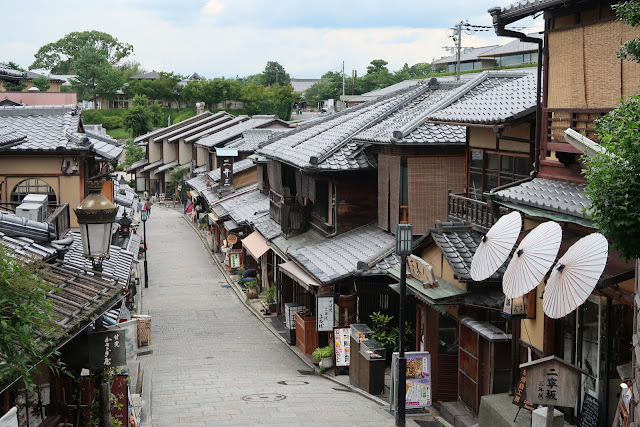
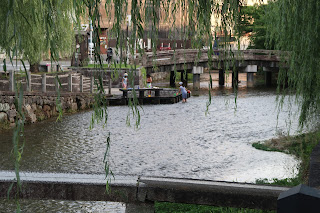
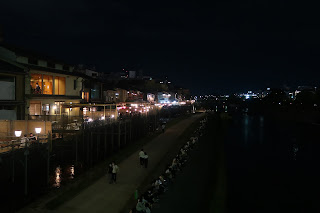
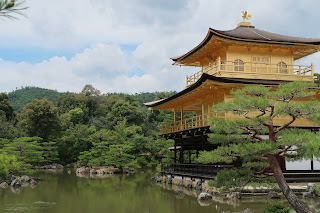

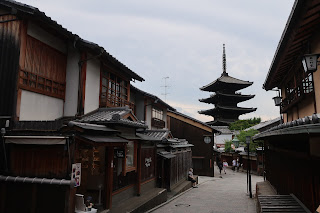
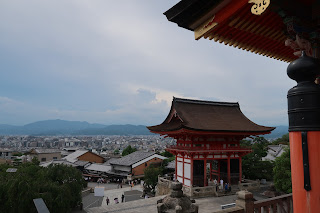
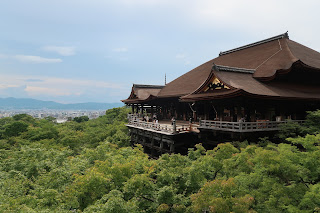
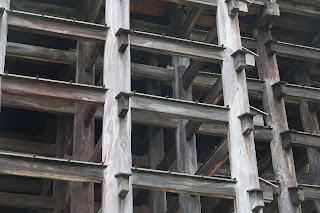











No comments:
Post a Comment